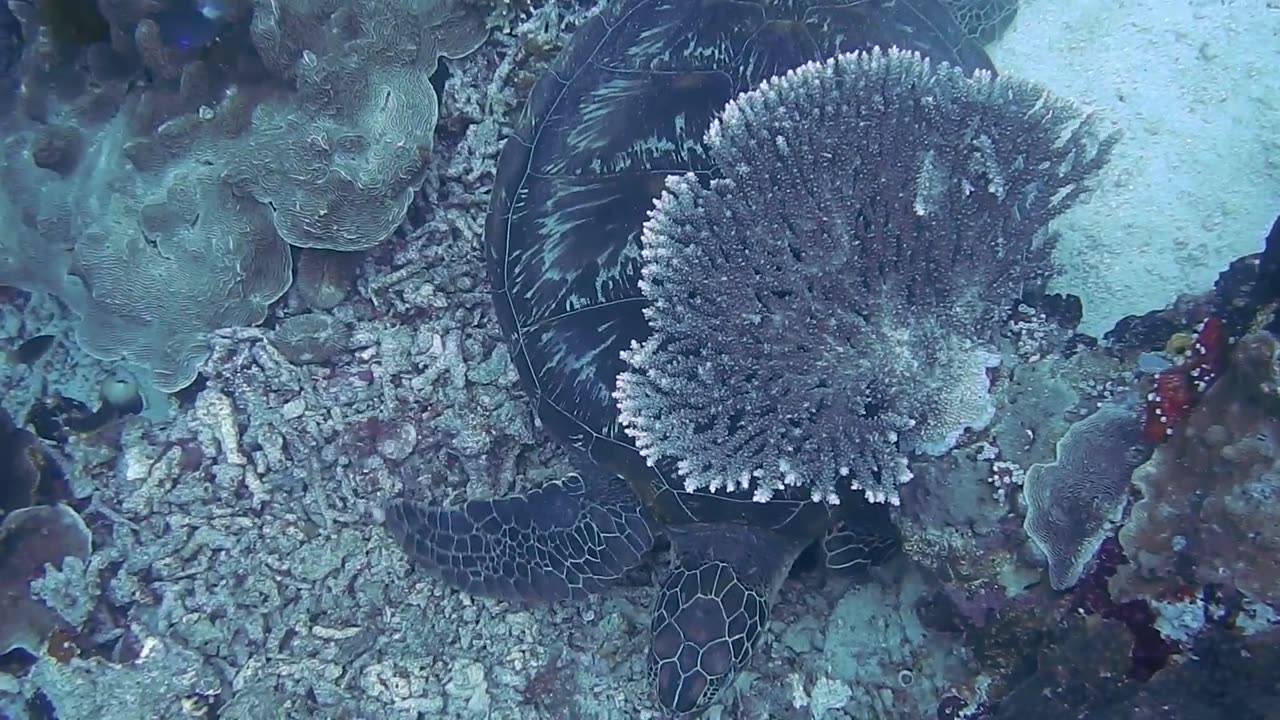Premium Only Content

fish Amizing
Body Structure: Fish have a body structure adapted for swimming efficiently through water. Their bodies are usually elongated and streamlined, reducing drag. They have scales covering their skin, which serve as protection.
Respiration: Fish respire through gills, which extract dissolved oxygen from water. Water passes over the gill filaments, where oxygen is absorbed into the bloodstream and carbon dioxide is released.
Fins: Fish have fins that aid in movement, stability, and maneuverability. These fins come in various shapes and sizes and may include dorsal fins, pelvic fins, pectoral fins, anal fins, and caudal fins (tail fins).
Reproduction: Fish reproduce in various ways, including external fertilization, where eggs and sperm are released into the water simultaneously, and internal fertilization, where fertilization occurs inside the female's body.
Habitats and Adaptations: Fish inhabit a wide range of aquatic environments, including freshwater lakes, rivers, oceans, and even some extreme environments like deep sea trenches and polar regions. They exhibit various adaptations to their habitats, such as camouflage, bioluminescence, and specialized body shapes.
Diet: Fish are diverse in their dietary habits. Some are carnivorous, feeding on other fish or small aquatic animals, while others are herbivorous, feeding on algae or plant matter. Many fish species are opportunistic feeders, consuming whatever food is available in their environment.
Ecological Importance: Fish play crucial roles in aquatic ecosystems as both predators and prey. They help maintain ecological balance and nutrient cycling in aquatic environments. Additionally, many fish species are important economically, providing food and livelihoods for millions of people worldwide.
-
 LIVE
LIVE
LFA TV
22 hours agoKamala’s $1.4 Billion Campaign Failure | Trumpet Daily 11.27.24 7PM EST
451 watching -
 LIVE
LIVE
2 MIKES LIVE
1 hour ago2 MIKES LIVE #148 Pre-Thanksgiving News Edition!
110 watching -
 39:01
39:01
The Why Files
9 days agoSymbols of Power: Deciphering the Language of the Secret Elite
131K169 -
 1:21:39
1:21:39
The Officer Tatum
4 hours agoLIVE: Kamala's "DRUNKEN" Rant, The Redskins are COMING Back, and More! | OT Show EP 16
22.5K43 -
 1:39:22
1:39:22
Melonie Mac
4 hours agoGo Boom Live Ep 30!
30.2K5 -
 1:20:06
1:20:06
Part Of The Problem
21 hours agoDave Smith | Scott Horton: Provoked | Part Of The Problem 1197
5.81K34 -
 49:21
49:21
PMG
18 hours ago"Hannah Faulkner and Jennifer Strickland | WHAT IS THE HEBREW MEANING BEHIND 'WOMAN'?!"
580 -
 1:50:34
1:50:34
Film Threat
8 hours agoMOANA 2 + TURKEY DAY HOLIDAY MOVIE JAMBOREE! | Hollywood on the Rocks
24.9K -
 20:35
20:35
Silver Dragons
4 hours agoBullion Dealer Reveals PERFECT STORM for Silver
19.8K4 -
 52:20
52:20
The Quartering
6 hours agoKamala Harris Has Drunken Unhinged Rant & Joe Biden Just Robbed America
114K61